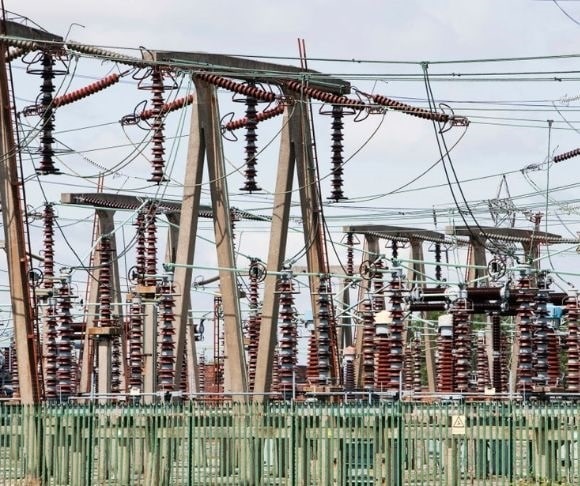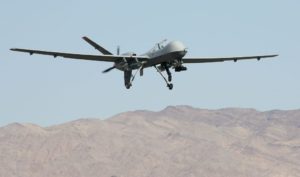
(Photo by Ashley Cooper/Construction Photography/Avalon/Getty Images)
Iran, feigning concern that the United States will attack the electromagnetic pulse (EMP) components of its electrical power, is taking steps to harden these sites. But it appears to be a pretext to support Tehran’s high-altitude electromagnetic pulse strategy (HEMP). In the category of “you really can’t make this stuff up,” the United States has used Russia as intercessory negotiating interlocutors with Iran in the latest revival of nuclear talks. Meanwhile, Tehran continues to work on getting a small nuclear-tipped missile sooner than anticipated.
“The United States continues to engage with Russia on reviving the Iran nuclear deal, a senior US State Department official said on Tuesday (March 15), saying Moscow may now grasp that Ukraine-related sanctions should not affect the accord’s implementation,” Reuters reported. So, Washington has Moscow in its national security corner to persuade Iran not to develop nuclear weapons. Is that comforting? Well, wait, it gets worse.
“While some in the [Joe] Biden administration have said Iran does not yet have a traditional nuclear-tipped missile that can strike the US, others are now citing evidence that the terrorist nation is stepping up its efforts to explode a small nuclear weapon delivered on a satellite in the skies over key electric grids, creating a blackout knockout for the US,” Paul Bedard said in his breaking news story in the Washington Examiner. Bedard’s information comes from an April 30, 2022, report from the EMP Task Force on National and Homeland Security with the headline, “IRAN: EMP THREAT, The Islamic Republic of Iran’s Military Doctrine, Plans and Capabilities for Electromagnetic Pulse (EMP) Attack.”
What gives the EMP Task Force findings cause for concern are two issues: First, one of the peskier technological problems for Iran is, of course, getting to the target. According to the report, Iran has demonstrated using technologically sophisticated unmanned aerial vehicles and cruise missiles in several attacks on Saudi Arabian oil refineries and storage facilities. These required precise targeting, particularly the strike in September 2019. The report explained, “Such delivery vehicles could easily be armed with Non-Nuclear EMP (NNEMP) warheads. NNEMP might be able to achieve results similar to a nuclear HEMP attack in blacking-out power grids, though the NNEMP attack would probably take hours instead of seconds.”

(Photo by Ethan Miller/Getty Images)
In addition, a cruise missile or drone would be more at risk of being intercepted and shot down before delivering the NNEMP. Furthermore, having the means to deliver an NNEMP or HEMP is more ominous and immediate, given the Biden administration’s failure to ensure Iran stops its long-range missile development as a critical point in negotiating a nuclear deal. “Iran has hundreds of medium-range and short-range ballistic missiles, more by far than any other nation in the Middle East. If armed with a nuclear warhead, any of these could be fused for a high-altitude burst to make an EMP attack,” according to the report.
The second issue is the core problem for the United States. Various views are circulating on Iran’s nuclear capability and how close Tehran is to getting a working atomic weapon. “Fereydoun Abbasi, former head of the Atomic Energy Organization of Iran and a current member of the Parliament Energy Committee, said on Saturday (Jan. 1, 2022) that Iran’s nuclear capabilities are vast and are beyond the current assumptions,” Iran News announced. Whether Abbasi exaggerated for effect is arguable, but there is peril implicit in dismissing his words. Regardless, shortly after the official’s statement, information came to light that “[t]he pace at which talks are progressing is not catching up with the pace of Iran’s nuclear advances,” a senior US official told Foreign Policy.
While the rest of the world focuses on Russia’s war in Ukraine, and rightly so, Iran’s nuclear mischief continues. A small nuclear tip on a missile delivering a high-altitude EMP burst soon may be within Iran’s reach.
The views expressed are those of the author and not of any other affiliation.
Remember to check out the web’s best conservative news aggregator
Whatfinger.com — the #1 Alternative to the Drudge

